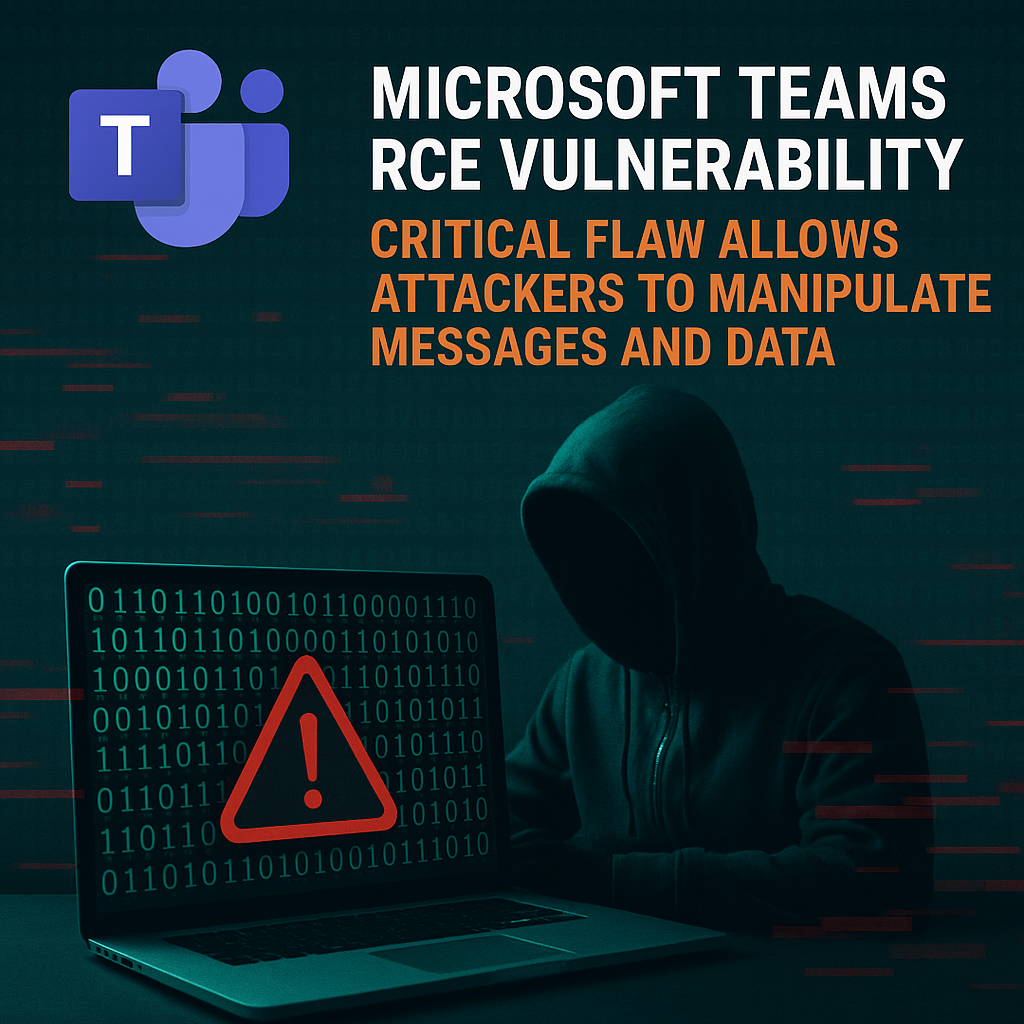
Microsoft Teams RCE Vulnerability: Critical Flaw Allows Attackers to Manipulate Messages and Data
A critical security vulnerability identified as CVE-2025-53783 within Microsoft Teams, a heap-based buffer overflow flaw that could allow remote code execution and unauthorized data manipulation. While Microsoft rates the vulnerability as “Important” due to high attack complexity and the need for user interaction, the company strongly urges immediate application of the August 2025 security updates to all Teams installations. The document also highlights the broader context of enterprise messaging security, referencing historical “wormable” vulnerabilities, and emphasizes the importance of comprehensive security monitoring and user training as long-term mitigation strategies. Finally, the text introduces Technijian, an IT services provider that can assist organizations with implementing these security measures and managing their IT infrastructure. ... Read More
